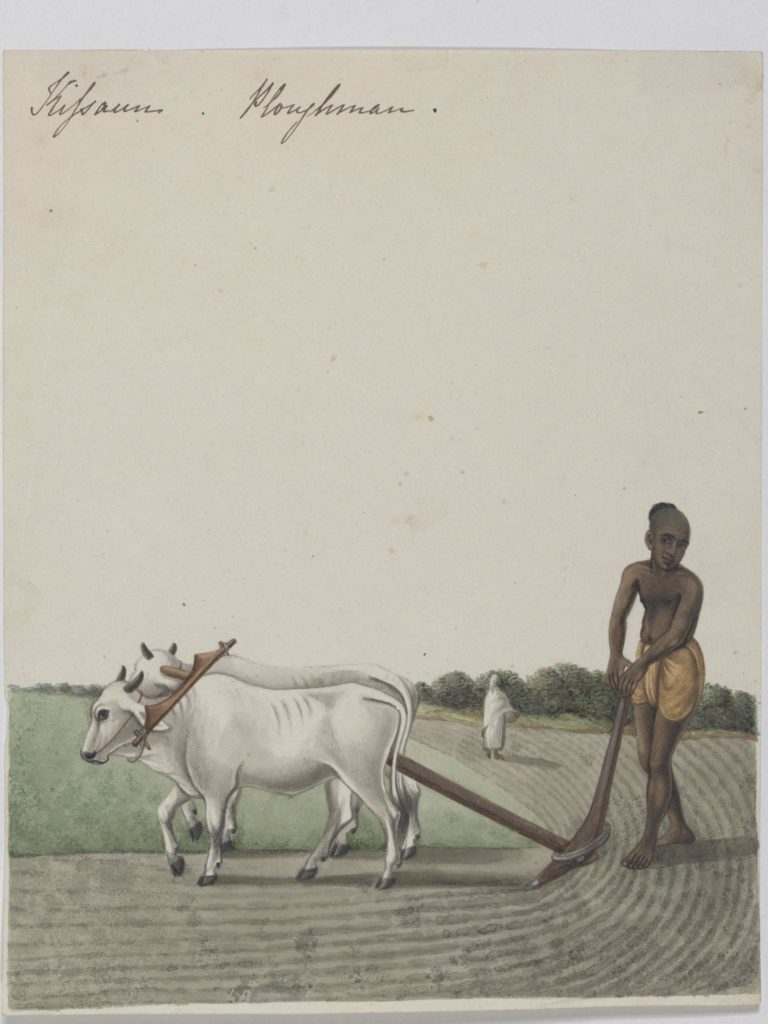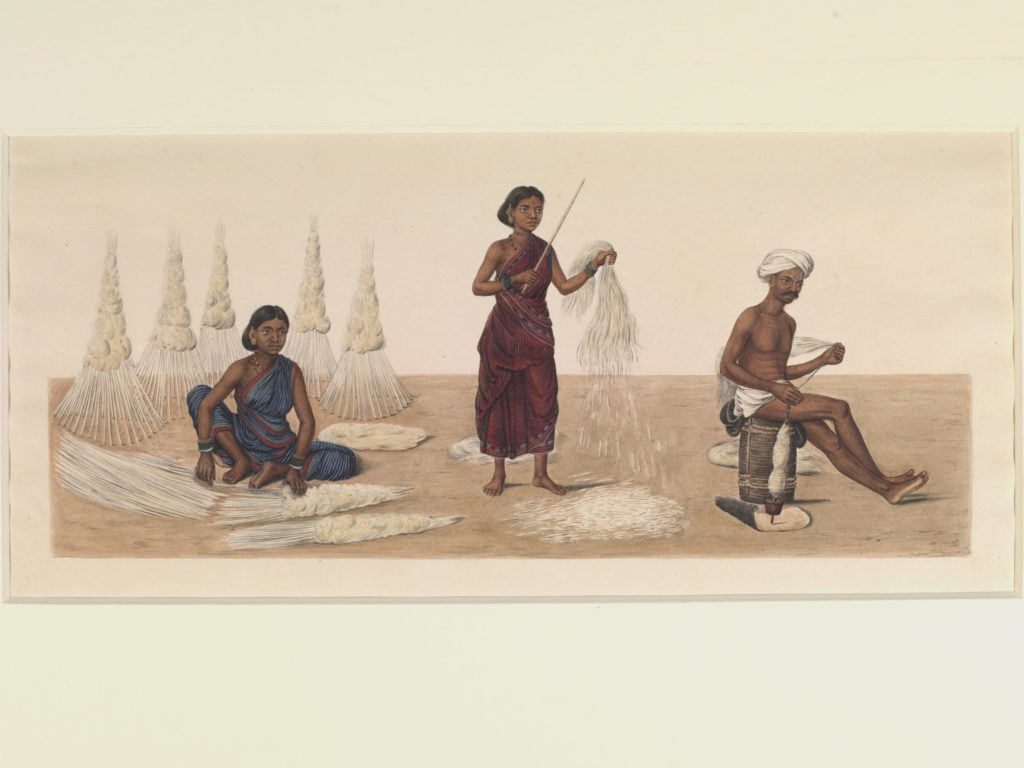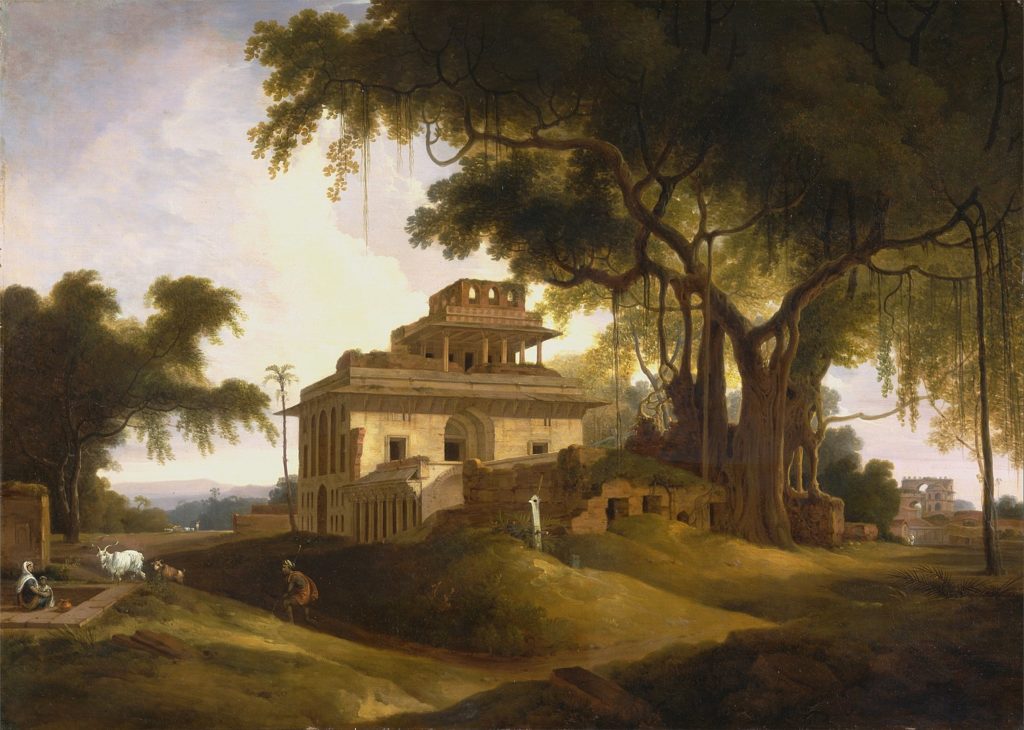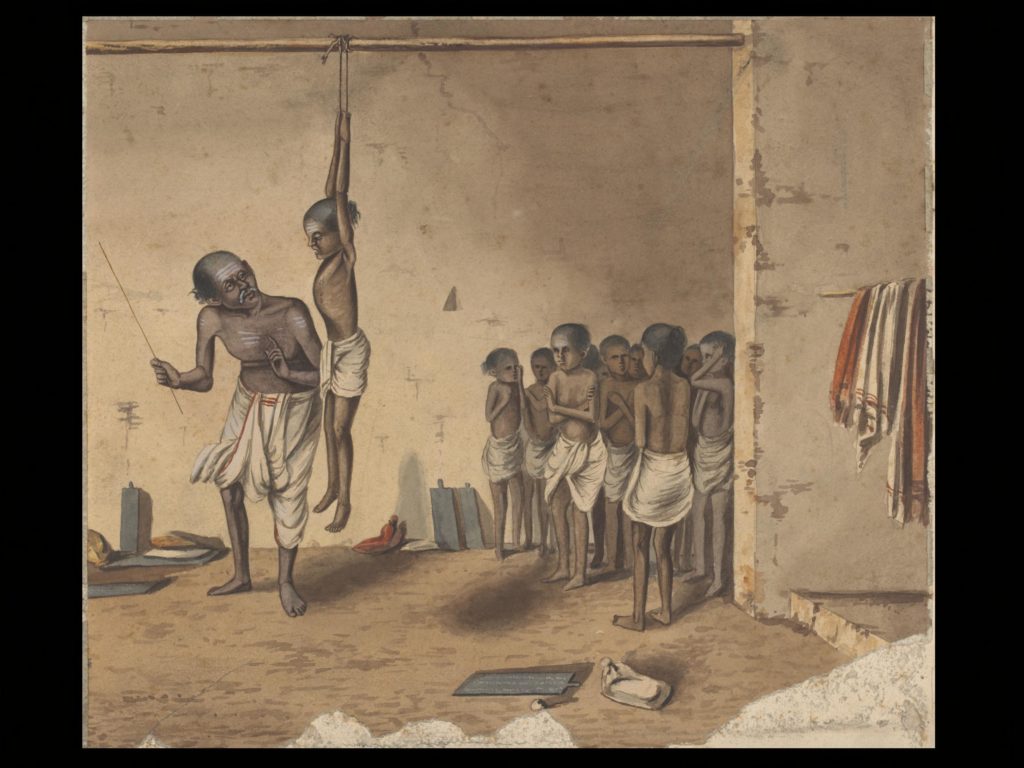Clouds in Art—Stratus, Cumulus, Cirrus, and Many More!
Clouds in art are why the term “landscape painting” is a bit deceiving. It suggests that the subject of the artwork is the land, and yet it is...
Sandra Juszczyk 25 July 2024
The Indian court painters of the mid-18th century (known for their mastery of rich Mughal and Rajput styles) shifted their renderings to the demanded adjustments of the British East India Company, projecting a palpable change on the map of Indian art. The shift lasted until the emergence of modernism, marking a tangible shift in India’s artistic landscape.
While we discuss the transitions that triggered creative minds to undertake modernized revolutions during the brink of independence, the causative factors run back to times when it was all about simple living. Company style refers to a wide range of drawings and paintings created by South Asian artists commissioned by European patrons, or intended for the European market. To eulogize, it was an acceptance of Western styles and reveling in the compelled confluences that attributed itself with the broader term of Company School.
During India’s colonial period in the early 18th century, the East India Company hired artists to paint a range of artworks for documentation as well as decoration. While the British seized the southern part of Asia and expanded their territories, the Indian aesthetic was about to experience a paradigm shift – the proven creative alteration that would persist for the coming centuries. Besides, it was also the same period when company employees moved from England, making India their home.

Indian painters were deft in minute detailing and crisp rendering. They also possessed exceptional craftsmanship. Having been mesmerized by the exotic flora and fauna as well as indigenous art and architecture, the East India Company had an urge to secure this beauty with the accomplished hands of these talented painters. Not only British artists were involved in this, but many Indian painters were commissioned to assist and draw the vicinities they perceived as significant. Owing to the absence of cameras and an inclination to preserve memories, authorial officials were also interested in capturing the views in order to take them back home.

The photo-realistic representations by Indian artists were the epitome of the crafts that followed from generations in India. Company school was an erstwhile form of modernism.
The Company school artworks were first initiated in the Madras Presidency. Madras (modern-day Chennai) is a town on the southeastern coast of India. Later spreading to other parts of India like Calcutta, Patna, Murshidabad, Benaras, Lucknow, Agra, Delhi, Punjab, and many more, it was a sustaining practice until the advent of photography.
Although it was deemed a degeneration of the pre-existing fine art of ancient India, Company School works dwelled on common matters rather than focusing on the royal kings and nawabs. The paintings pre-eminently portrayed the common man, rural life, exotic landscapes, varieties of birds, and the rich foliage that defined the Asian subcontinent. Mulling over the range of infinite artworks produced two centuries ago, the company paintings not only project a myriad of compositions but are epitaphs of the history of ordinary living of bygone times. For the present, they are retellings of the absent cultural milieu, the rustic bourgeois, and extinct stories of native infrastructure.

When Delhi was yet to be discovered, the Thomas and William Daniell series of paintings revealed the earlier ruins of the exquisite Mughal forts and edifices. Thomas and William Daniell were noted British painters who traveled around multiple cities in India. They painted in watercolors as well as aquatint, producing a seminal publication called Oriental Scenery covering the span of 1795 to 1805.
Apart from the depicted forms, Indian artists of the Company School also began using the techniques and mediums introduced by the company. While Indian miniatures were devoid of perspective and shading, the induction of the same in company paintings is evident with the hints of retained stylization.

The intriguing queries about what caused the change from painting in miniature style to the present expression resolved in the era of Company School. The socio-economical, as well as political factors of the artists and the then-presiding government, maneuvered to suit each other’s obligations. Company School serves as a dichotomous bridge of evolution to the present Indian modern art.
DailyArt Magazine needs your support. Every contribution, however big or small, is very valuable for our future. Thanks to it, we will be able to sustain and grow the Magazine. Thank you for your help!